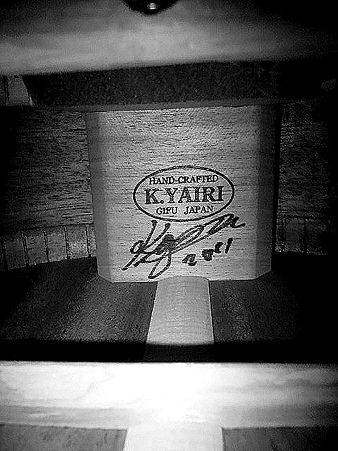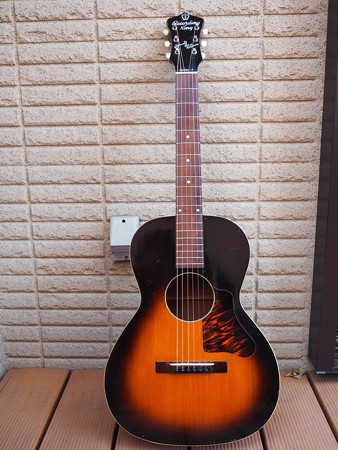×
[PR]上記の広告は3ヶ月以上新規記事投稿のないブログに表示されています。新しい記事を書く事で広告が消えます。

[PR]上記の広告は3ヶ月以上新規記事投稿のないブログに表示されています。新しい記事を書く事で広告が消えます。
Yamaha introduces three new models to the THR Series - THR10C/THR10X/THR5Aはいっっ、
THR is Yamaha's new concept amp. THR is designed to fit where, when, and how you play when you're not on stage. With big amp response, incredible effects, and hi-fi stereo sound in a package that's built to meet all of your off-stage needs, you're about to begin a new chapter in your playing.
http://www.yamaha.com/thr
Here's a young Lenny Breau leading the rhythm section in a rendition of "Georgia On My Mind", from the Canadian show "A Touch of Jazz" recorded and aired originally in 1961.若いって何歳や??
...Enjoy!
PS: If you've seen the documentary "The Genius of Lenny Breau", part of this excerpt was also included there.
Part - 1.アフリカのJazz Guitarist,
African Jazz artist Lionel Loueke came down to the MusFlashTV studios recently to talk about his art, his instrument and his album.
A MusFlashTV Production
Producer: Marie-Claire Denyer
Cameras: Martyn Thomas / James Milloy
Sound: John Hendicott
Editor: Marie-Claire Denyer

Nick Lucas and guitar 1929.エンタテナーでんな。
In July, 1922 Nick Lucas cut two original sides for Pathe, "Picking The Guitar" and "Teasing The Frets." With these sides Nick Lucas also cut a path for generations of guitarist to come. These were the first solo jazz guitar instrumentals recorded. Without a doubt this had to be an influence on banjoists such as Eddie Lang, and also an inspiration for him to trade the banjo in for a guitar. Eddie Lang would later elaborate on Lucas' fast bass runs and be remembered as being the father of jazz guitar, this makes Nick Lucas the Grandfather of jazz guitar.
Nick Lucas was the first to trade his banjo and replace it with guitar in the big name orchestras of the day. It took a few years for Nick's contemporaries to emulate him on the instrument. While these great guitarists were grinding their axes and become mostly sidemen, Lucas was looking past and beyond just being cast as an accompanist.
His recording career spanned from test cylinders for Thomas Edison in 1912 to the stereophonic age in 1980, with total disc sales in excess of 80 million copies. It is doubtful that anyone in popular music had a longer recording career, one that spanned seven decades.
It is important to remember that, though the height of his popularity came in the late 1920's, Nick Lucas' style was set by the time he moved to Chicago in 1922. Before electrical recording, before Louis Armstrong ever found his way into a recording studio, Nick Lucas had found his voice, and used it in much the same way for sixty years.






